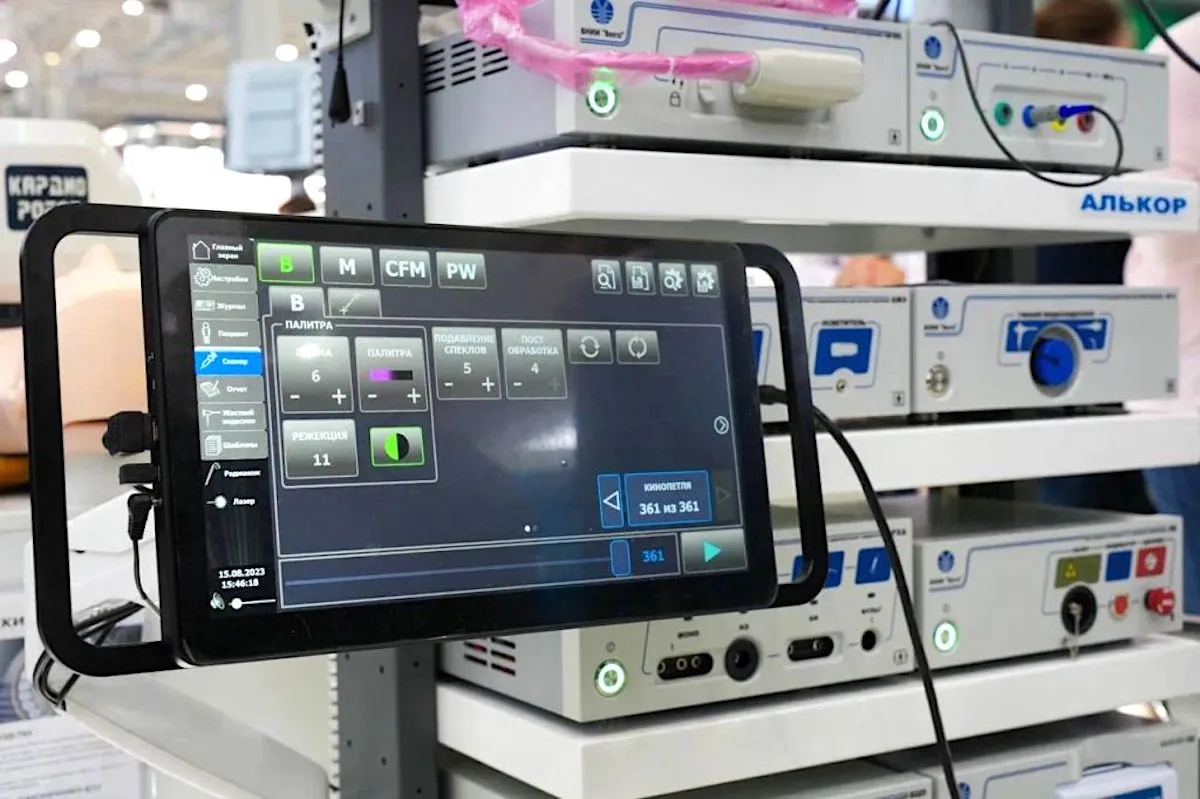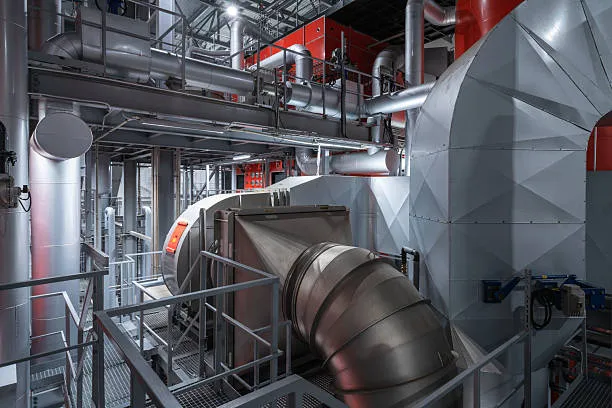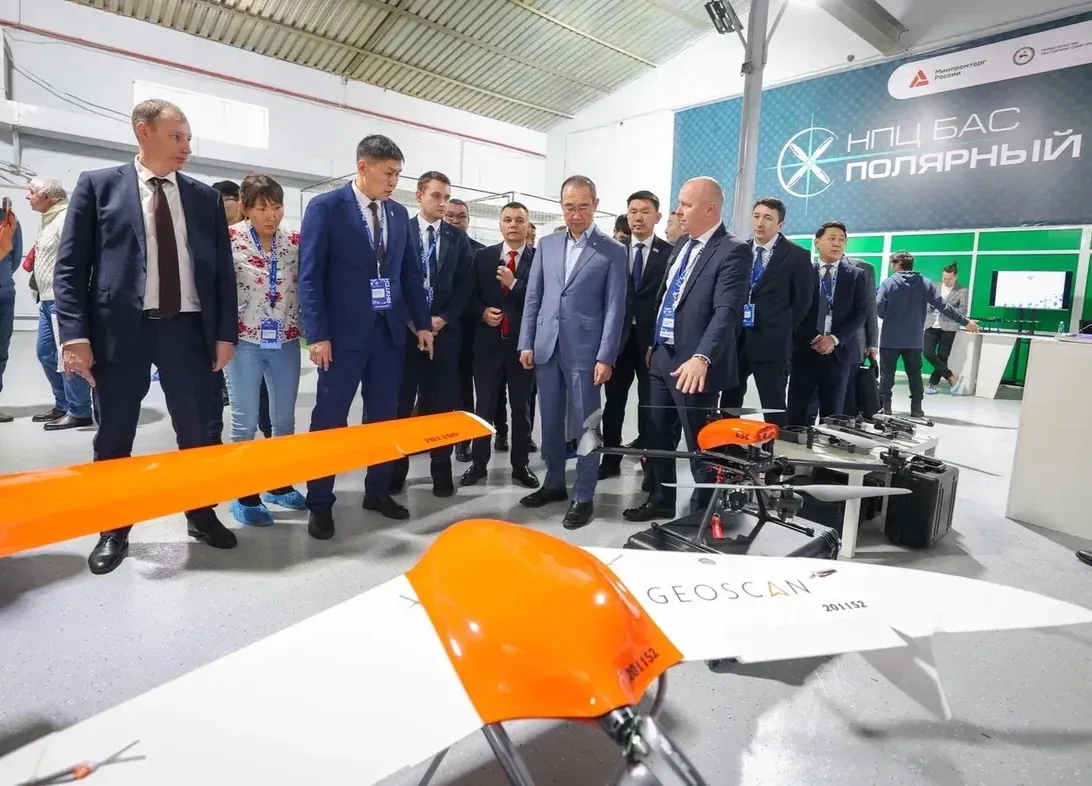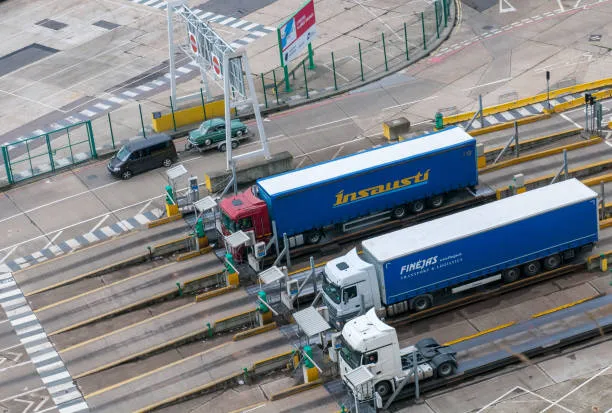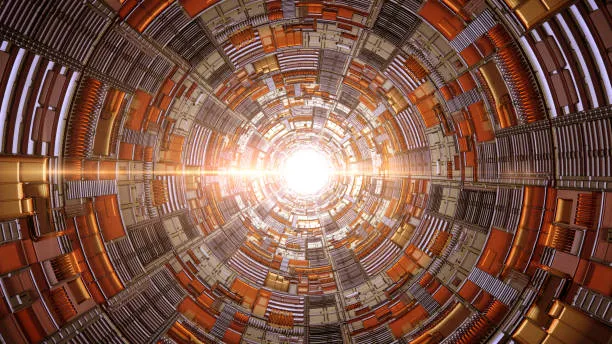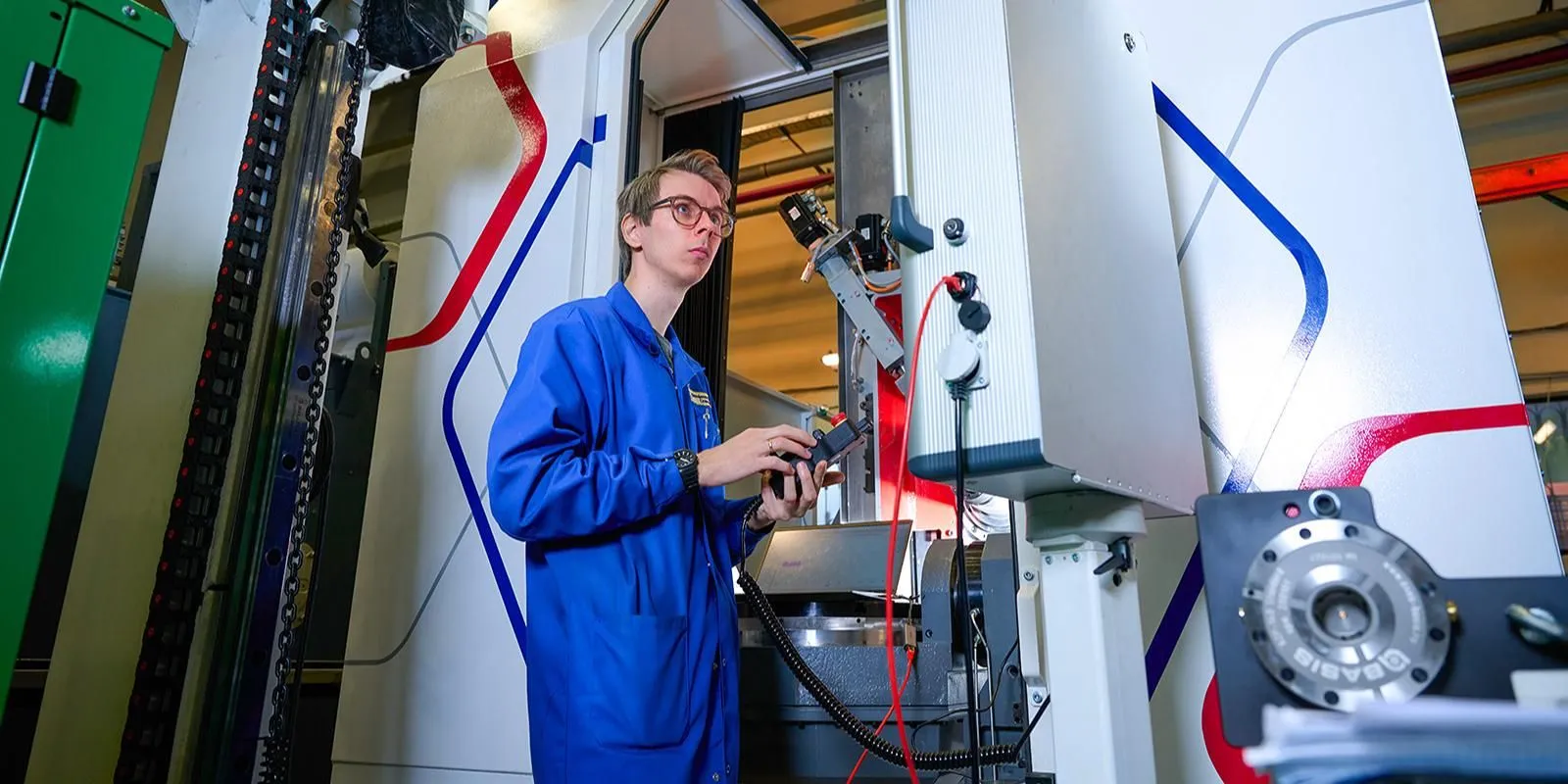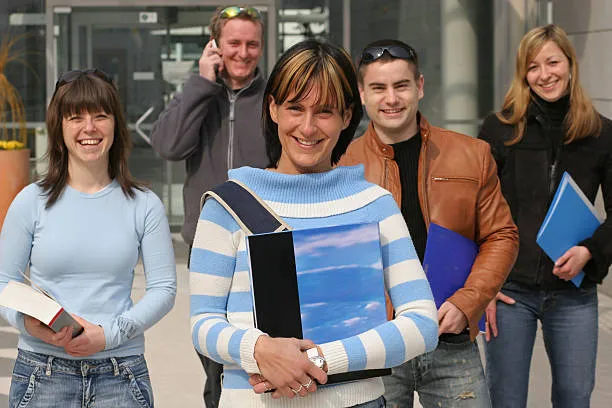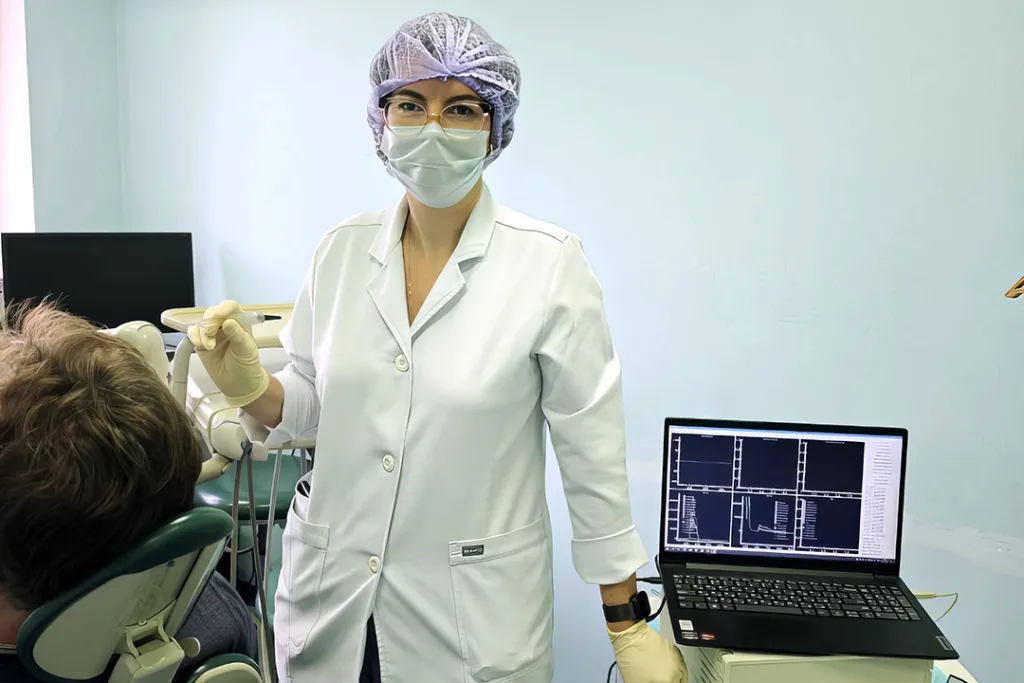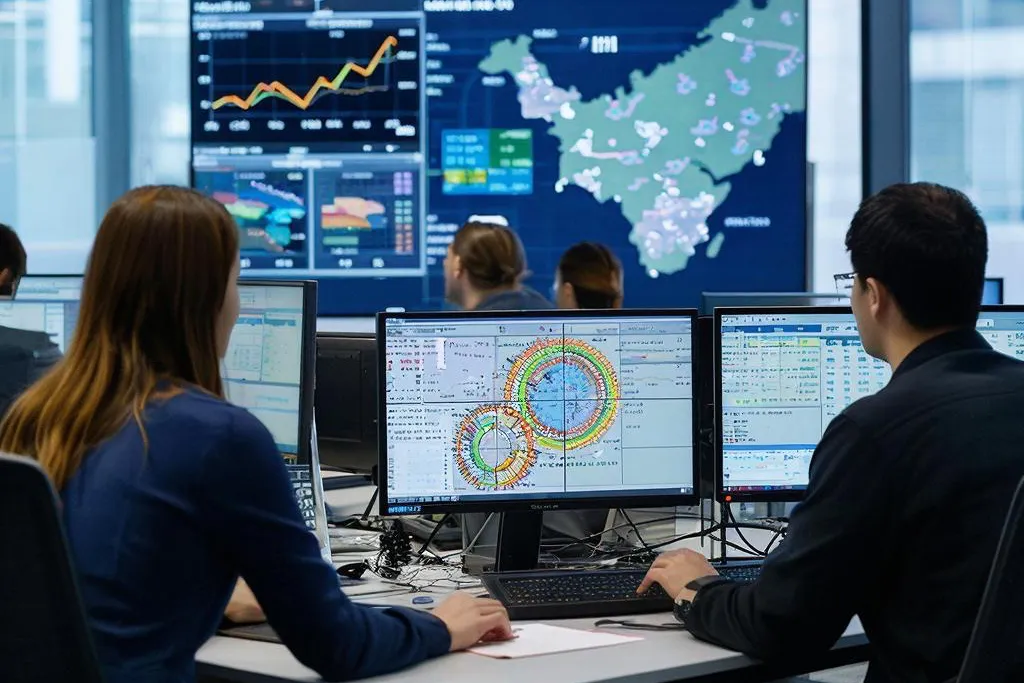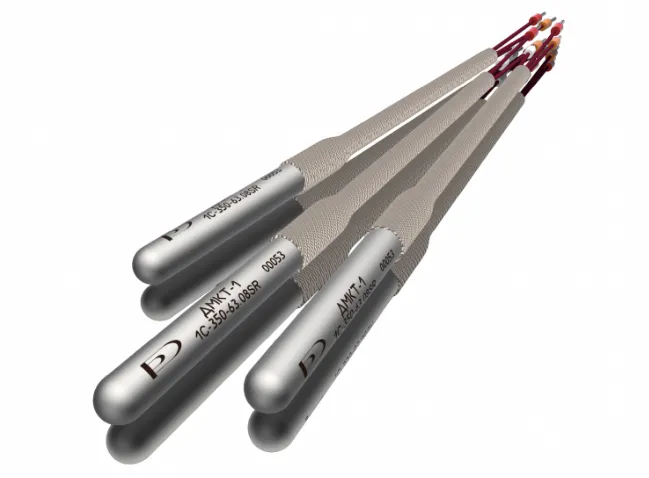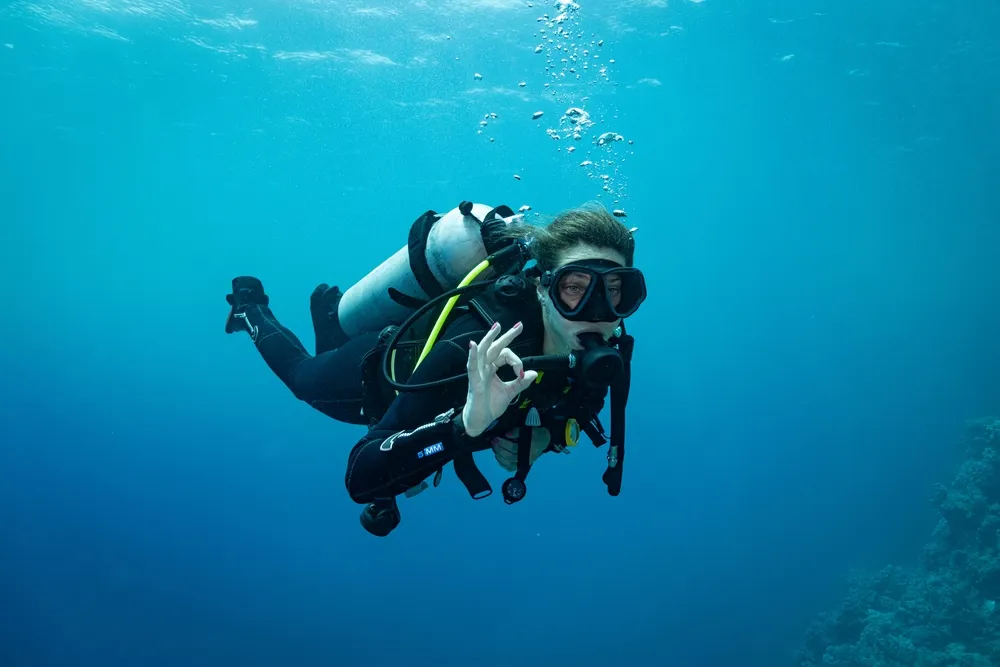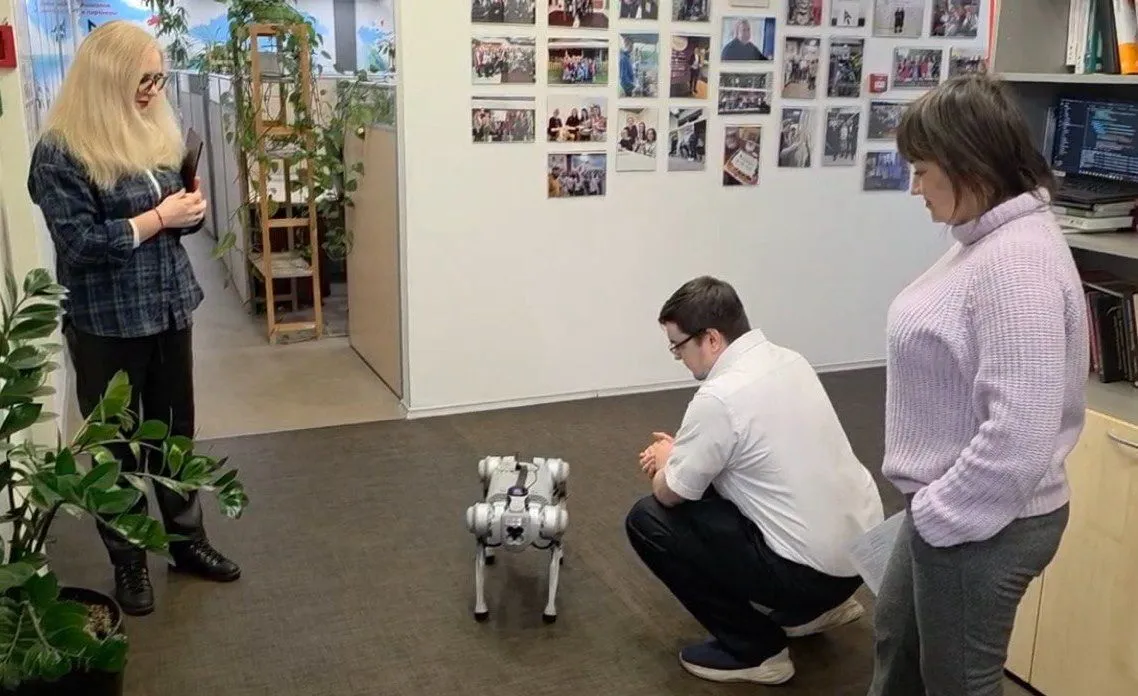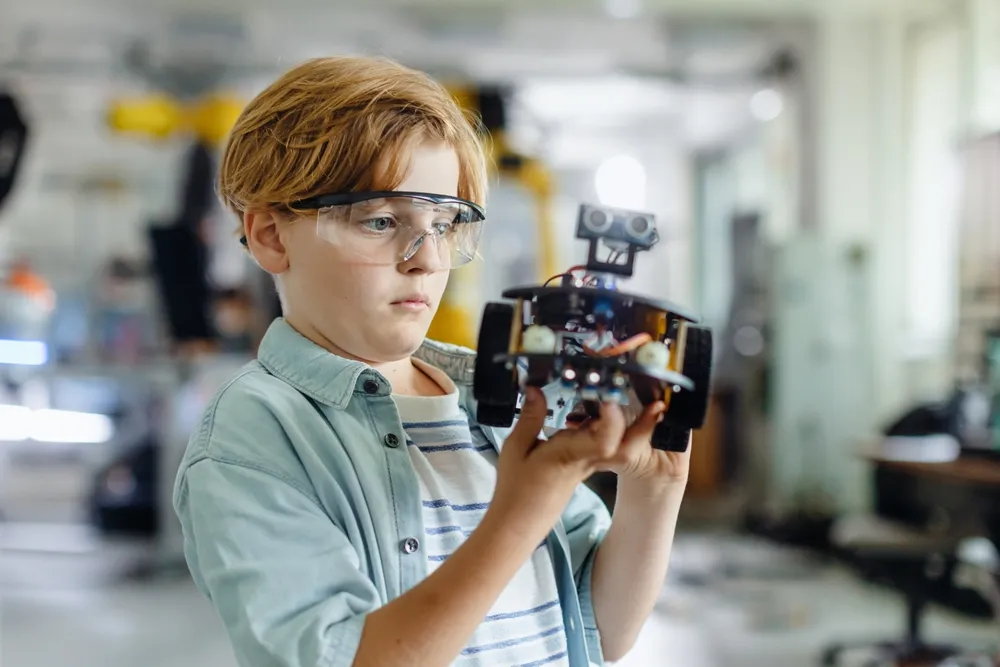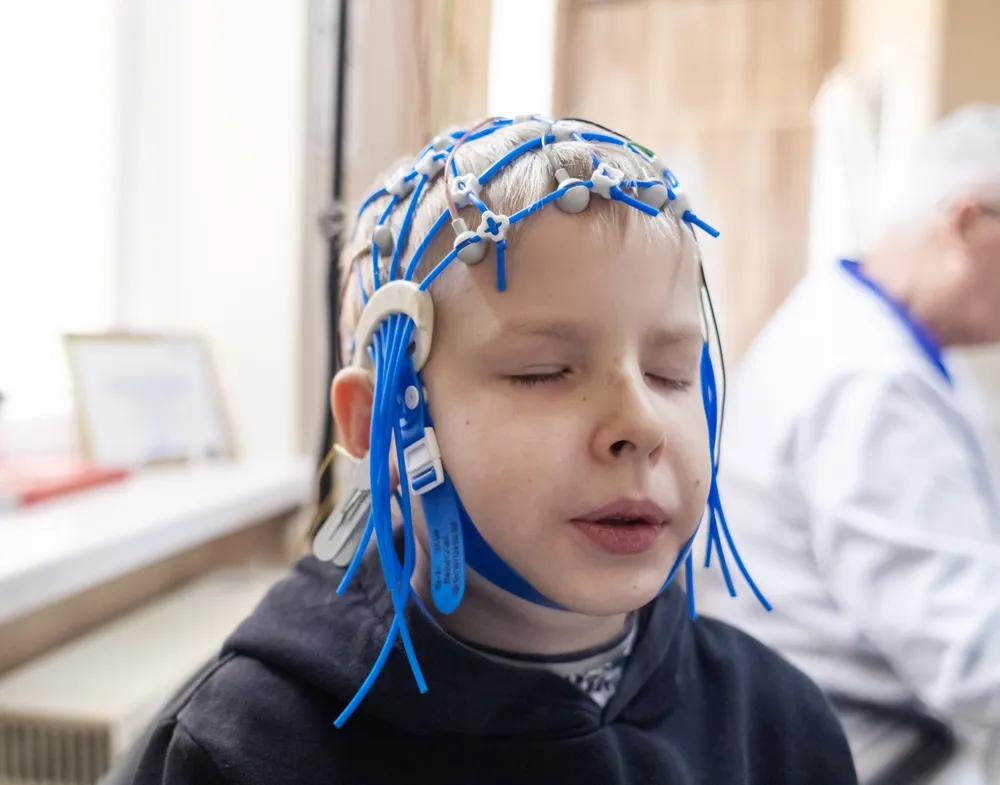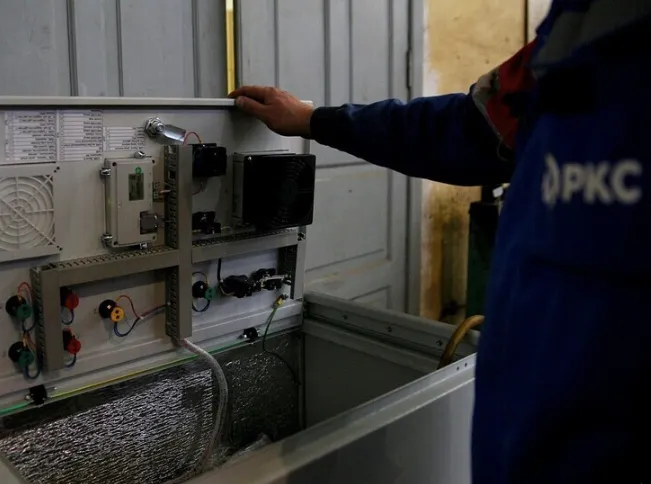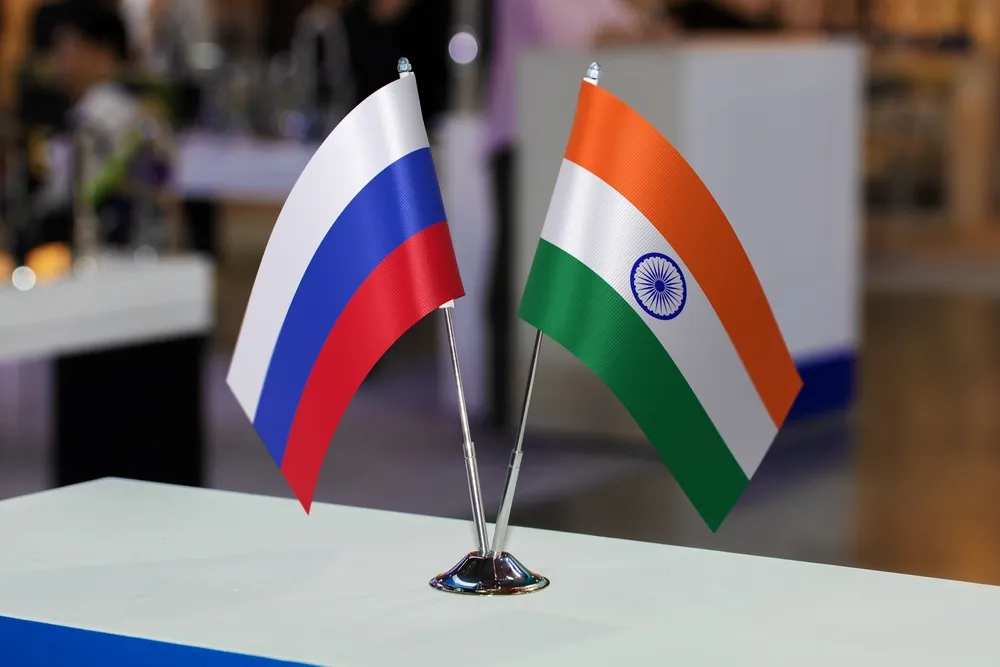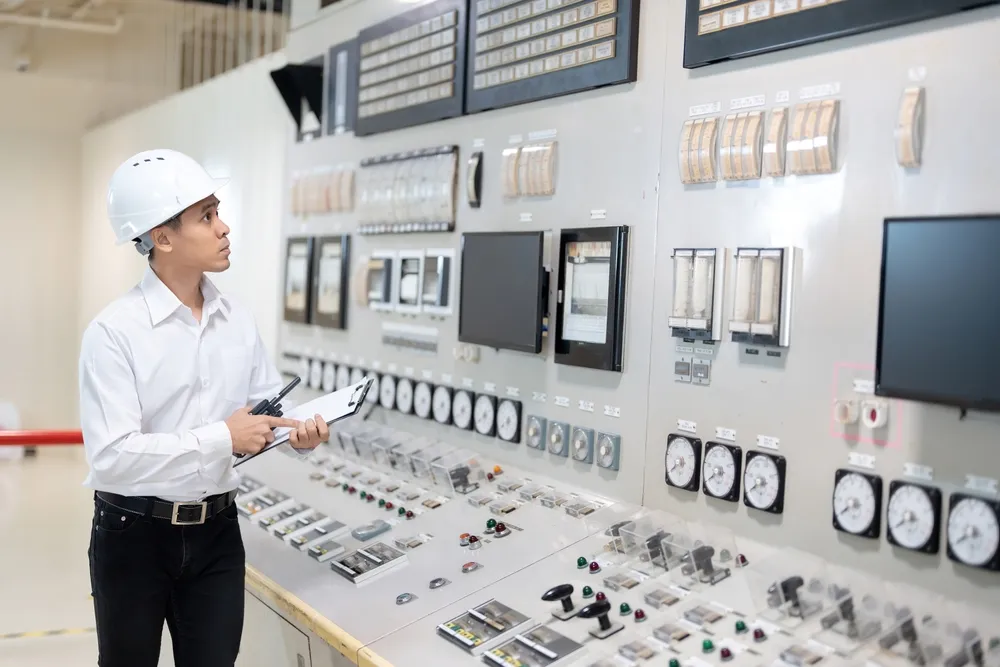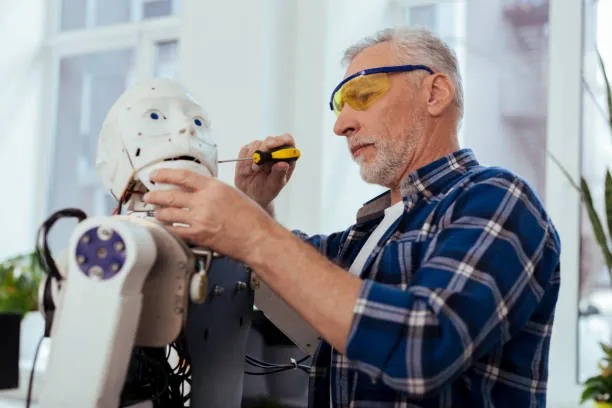Russia Launches Next-Gen Aviation Engine Lab for Future Aerospace Engineers
A new laboratory in Perm merges digital design and real-world manufacturing to train the next generation of aircraft engine creators.
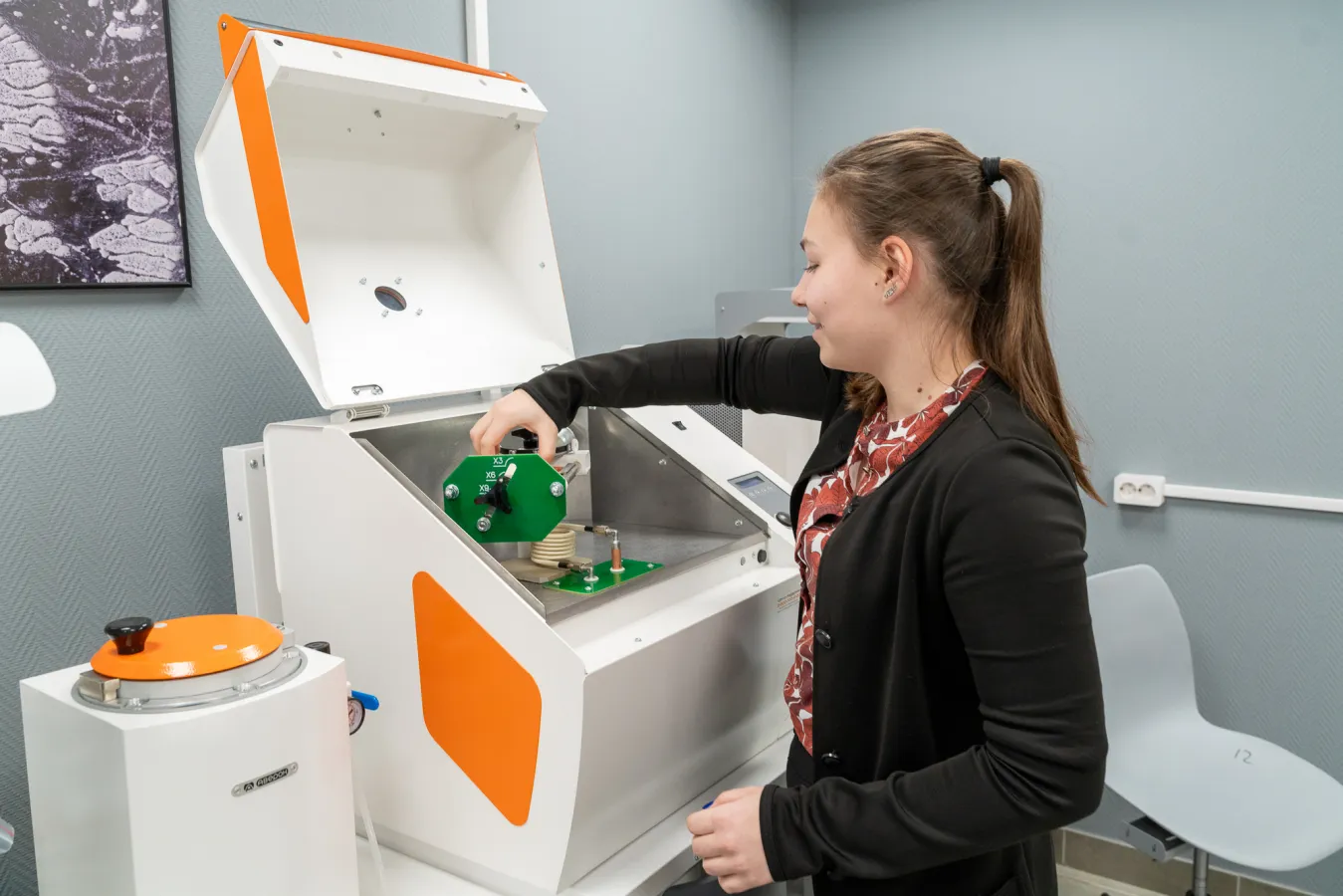
Russia has opened a state-of-the-art casting technology laboratory at Perm National Research Polytechnic University (PNRPU), designed to train future aerospace engineers through a full-cycle approach — from digital modeling to finished castings. The new facility integrates hands-on industrial processes with advanced computer simulation, giving students experience that bridges research and real production.
From Digital Blueprints to Molten Metal
According to the university’s press office, the lab is a unique hybrid space where theoretical studies and industrial technologies coexist. Students learn casting techniques using various melting systems, mastering processes critical to building modern aircraft engines. The setup allows them to test materials, refine designs, and work with production-scale machinery — skills that directly align with the needs of Russia’s growing aerospace sector.
3D Printing and Materials Science
Beyond teaching, the lab serves as a hub for student innovation. Its design and prototyping bureau develops new technologies, conducts experiments, and builds functional prototypes. A major focus is additive manufacturing — specifically, 3D printing with photopolymer resins.
By combining education, research, and innovation, PNRPU’s new laboratory stands as a cornerstone in Russia’s aerospace talent pipeline — nurturing engineers who can both model the future of flight and physically build it.




